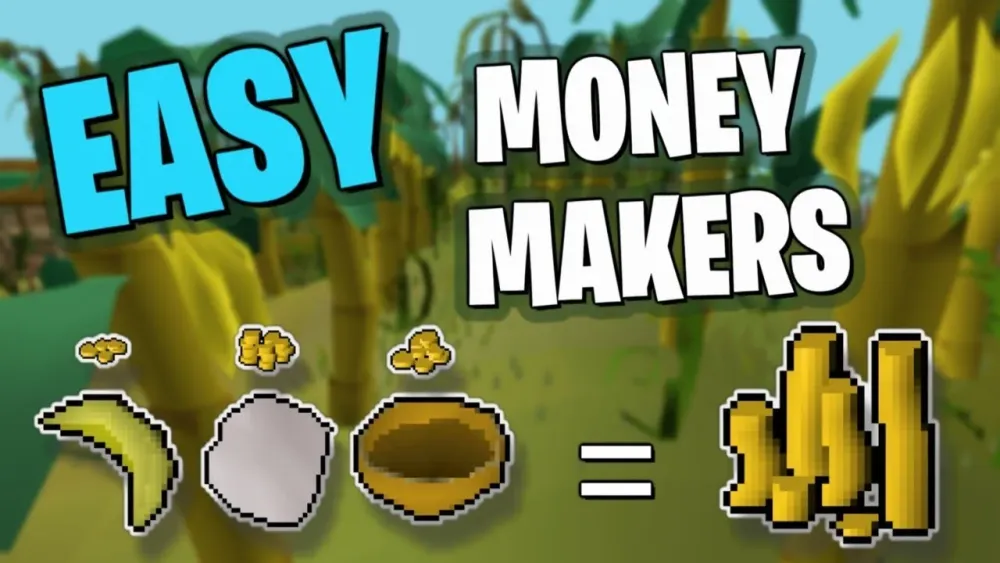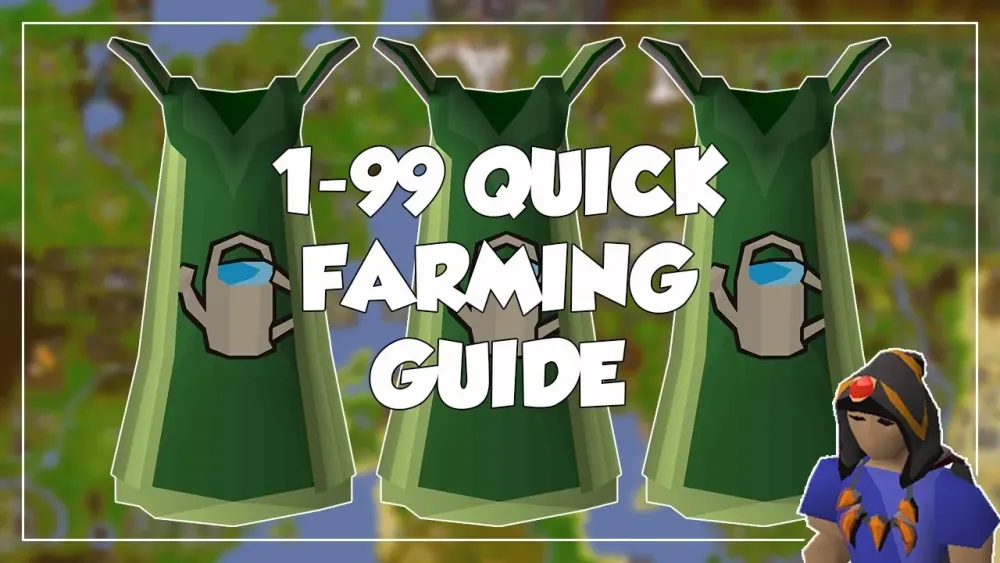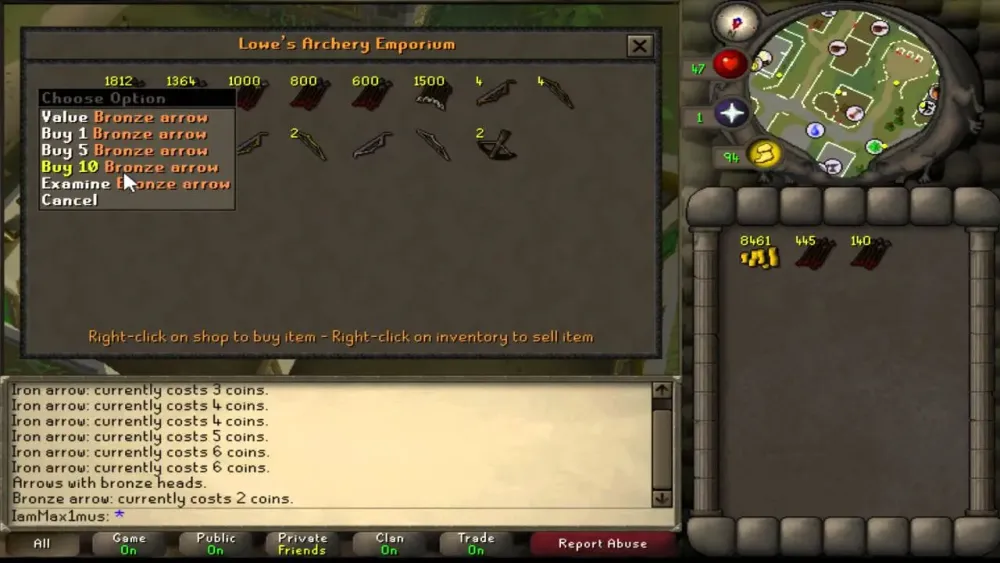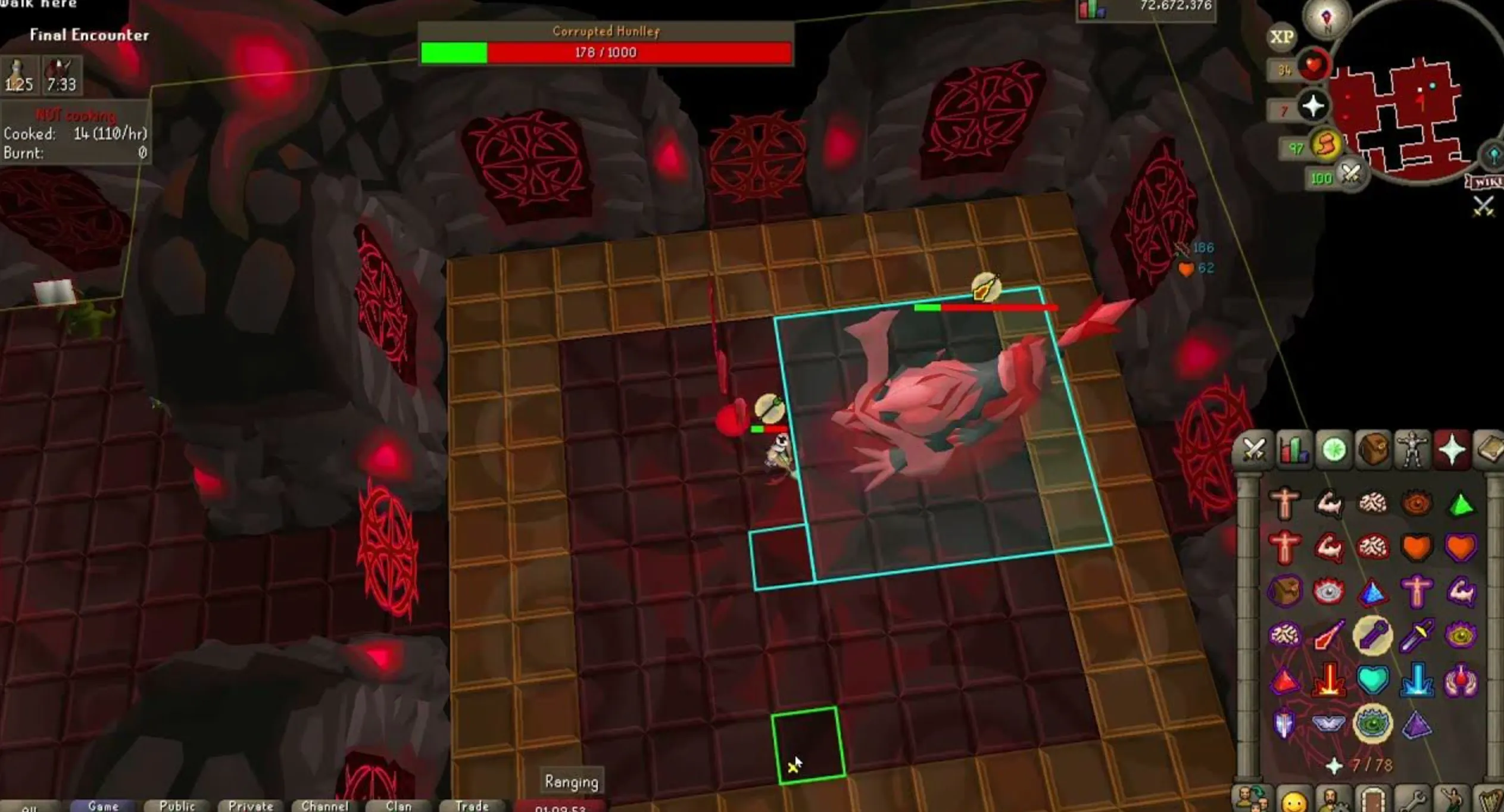Your cart is empty
Farming Money Making Guide for Old School RuneScape

Farming in Old School RuneScape (OSRS) is a versatile skill that combines patience with profitability. While it’s often seen as a passive skill requiring time for crops to grow, farming can be a goldmine when done right. This guide dives into the best farming methods to make money in OSRS, tailored for both free-to-play (F2P) and pay-to-play (P2P) players. Whether you’re a beginner or a seasoned farmer, these strategies will help you maximize your gold per hour (GP/H) while leveling up your Farming skill.
Farming stands out in OSRS because it’s relatively low-effort compared to combat or high-intensity skilling methods. Once you plant your seeds, crops grow over time, allowing you to focus on other activities. With the right seeds and techniques, farming can yield consistent profits, especially for P2P players who have access to high-value crops like herbs and trees. Even F2P players can dip their toes into farming for modest gains.
Key Benefits of Farming for Gold
- Passive Income: Plant seeds and return later to harvest, freeing up time for other tasks.
- Scalability: Higher Farming levels unlock more profitable crops, increasing GP/H.
- Low Risk: Unlike PvM, farming has minimal risk of losing gear or resources.
- Skill Synergy: Farming pairs well with Herblore and Woodcutting for additional profits.
Essential Farming Setup for Maximum Profits

Before diving into specific money-making methods, setting up your farming runs efficiently is crucial. Proper tools, teleports, and crop protection will save time and boost your profits.
Recommended Tools and Items
- Magic Secateurs: Boosts crop yield by 10% (P2P, requires Fairy Tale Part I).
- Farming Cape: Acts as a teleport to farming patches (requires 99 Farming).
- Graceful Outfit: Increases run energy for faster patch visits.
- Teleportation Items: Amulet of Glory, Explorer’s Ring, or teleports like Ectophial for quick travel.
- Ultracompost: Reduces crop disease chance and increases yield (P2P).
Farming Patches to Prioritize
OSRS has various farming patches across Gielinor, but not all are worth your time. Focus on these for money-making:
| Patch Type | Location | Best Crops | Teleport |
|---|---|---|---|
| Herb | Falador, Catherby, Ardougne | Snapdragon, Ranarr | Explorer’s Ring, Ectophial |
| Tree | Falador Park, Taverley | Magic, Palm | Amulet of Glory |
| Allotment | Falador, Catherby | Watermelon, Snape Grass | Skills Necklace |
| Flower | Falador, Ardougne | Limpwurt | Ardougne Cloak |
Top Farming Money-Making Methods for P2P Players

Pay-to-play players have access to the most lucrative farming methods due to exclusive crops and patches. Below are the best strategies to rake in gold.
Herb Runs (500K–1.5M GP/H)
Herb runs are the backbone of farming profits in OSRS. By planting high-value herb seeds like Ranarr or Snapdragon and using Ultracompost, you can earn significant gold per run. Each run takes about 5–7 minutes, with crops growing in 80 minutes.
How to Do It:
- Plant herb seeds in all available herb patches (e.g., Falador, Catherby, Ardougne, Trollheim).
- Use Ultracompost to protect crops and boost yield.
- Harvest herbs and sell them on the Grand Exchange (GE).
Requirements: 32+ Farming (higher for better herbs), Magic Secateurs, teleports.
Profit Estimate: Ranarr seeds cost ~30K each, yielding ~6–10 herbs at ~8K each, netting ~50K–80K per patch. With 6 patches, expect 300K–500K per run, up to 1.5M GP/H with frequent runs.
Tree and Fruit Tree Runs (200K–800K GP/H)
Planting Magic or Palm trees is another excellent method for passive income. These take longer to grow (up to 16 hours for Magic trees), but the high-value logs and fruits make them worthwhile.
How to Do It:
- Plant Magic (75 Farming) or Palm (68 Farming) saplings in tree/fruit tree patches.
- Pay NPCs to protect crops (e.g., 25 coconuts for Palm trees).
- Harvest logs (Magic) or fruits (Papaya, Pineapple) and sell on GE.
Requirements: 75 Farming for Magic trees, 68 for Palm trees, gold for saplings (~100K each).
Profit Estimate: Magic logs sell for ~1K each, with ~10 logs per tree, yielding ~50K–100K per patch. Palm fruits (coconuts) sell for ~2K each, netting ~30K–50K per patch. Expect 200K–800K GP/H depending on patch access.
Specialty Crops: Calquat and Poison Ivy (100K–300K GP/H)
Calquat trees and Poison Ivy bushes offer niche profits with low competition. Calquats grow in a single patch in Tai Bwo Wannai, and Poison Ivy berries are used in Herblore.
Requirements: 72 Farming for Calquats, 70 for Poison Ivy, access to Tai Bwo Wannai.
Profit Estimate: Calquats yield ~10 fruits at ~1K each, netting ~10K per run. Poison Ivy berries sell for ~1K each, with ~4–6 per bush, yielding ~20K–30K per run across patches.
Farming Money-Making for F2P Players
Free-to-play players have limited options, but farming can still be profitable with the right approach. F2P patches are restricted, and crop choices are less lucrative, but consistent runs can build a modest bank.
Allotment and Flower Runs (50K–150K GP/H)
F2P players can focus on Watermelons (allotment) and Limpwurt Roots (flower) in patches like Falador and Catherby. These crops are in demand for Herblore and Slayer.
How to Do It:
- Plant Watermelon seeds (47 Farming) in allotment patches.
- Plant Limpwurt seeds (26 Farming) in flower patches.
- Harvest and sell on GE.
Profit Estimate: Watermelons yield ~10–15 fruits at ~100 GP each, netting ~1K–1.5K per patch. Limpwurt Roots sell for ~1.2K each, with ~5–7 per patch, yielding ~6K–8K. Expect 50K–150K GP/H with multiple runs.
Compost and Low-Level Crops
F2P players can also profit by making and selling compost or growing low-level crops like Potatoes or Onions. These are less profitable but require minimal investment.
Profit Estimate: Compost sells for ~100 GP each, with ~1K–2K profit per run. Potatoes yield ~500–1K GP per patch, netting ~5K–10K per run.
Tips to Optimize Your Farming Runs
To maximize your farming profits, efficiency is key. Here are some advanced tips to streamline your runs and boost GP/H.
Time Your Runs Effectively
Most crops grow in cycles (e.g., 80 minutes for herbs, 16 hours for trees). Plan your runs around these timers to minimize downtime. Use a timer app or in-game clock to track growth stages.
Invest in High-Level Seeds
While expensive, seeds like Torstol or Snapdragon offer higher returns. Reinvest early profits into these seeds to scale your income.
Leverage Quests and Diaries
Complete quests like Fairy Tale Part I for Magic Secateurs and diaries like Falador Hard for patch teleports. These save time and increase yields.
Combine with Other Activities
Farming is passive, so pair it with active money-makers like Vorkath (7.5M GP/H) or flipping on the GE. This maximizes your overall GP/H while waiting for crops to grow.
Conclusion
Farming in OSRS is a low-effort, high-reward skill for making money, especially for P2P players with access to herb and tree runs. By focusing on high-value crops, optimizing your setup, and timing your runs, you can earn up to 1.5M GP/H with herb runs or 800K GP/H with trees. Even F2P players can make 50K–150K GP/H with Watermelons and Limpwurt Roots. Start small, invest in better seeds, and watch your bank grow as you cultivate your Farming empire in Gielinor!

